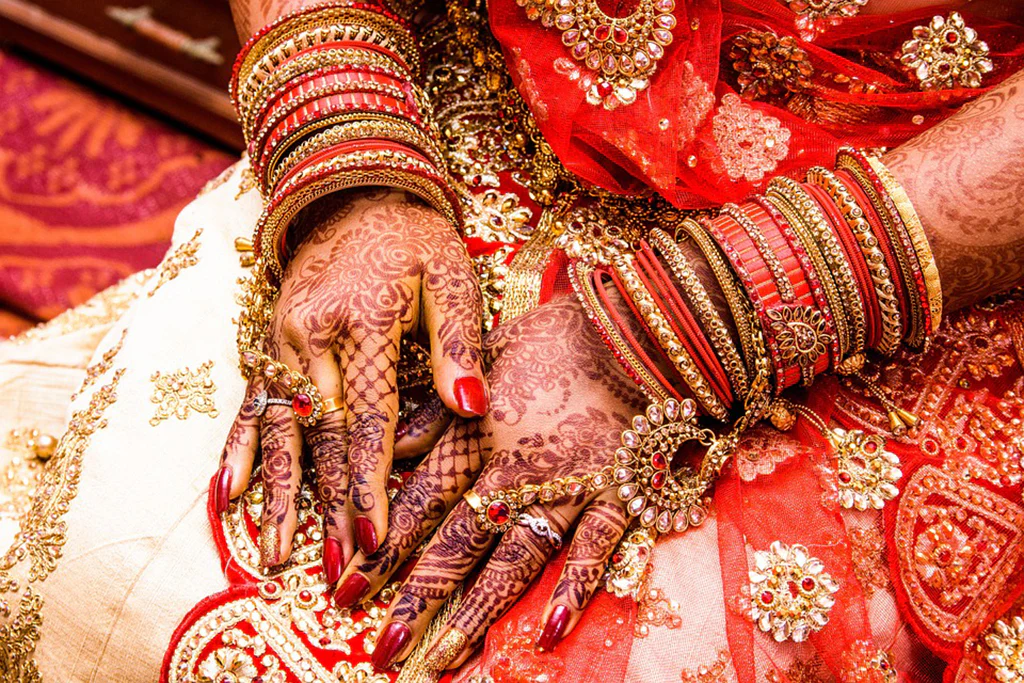Engagement rings have always been a symbol of love, commitment, and the blending of powerful families, especially within the context of Indian royalty. The intricate designs and rich gemstones that adorn these rings reflect not only personal affection but also the grandeur and heritage of royal lineage. From the majestic maharajas to the elegant maharanis, engagement rings in Indian royalty tell a fascinating story of culture, artistry, and the enduring traditions that have shaped the nation’s history.
The history of engagement rings in India dates back centuries, with royal families often commissioning exquisite pieces that showcase the highest levels of craftsmanship. Each ring is typically crafted from precious metals and adorned with carefully selected gemstones, including diamonds, emeralds, and sapphires. These materials were not just a display of wealth; they also held significant cultural meanings. For instance, diamonds symbolize strength and eternal love, while emeralds are associated with fertility and rebirth.
One notable example is the engagement ring of Maharani Gayatri Devi of Jaipur. Celebrated for her beauty and grace, her ring was an exquisite blend of diamonds and colorful gemstones, reflecting both her personal style and the opulence of the Jaipur royal family. This ring was more than an adornment; it was a powerful symbol of her status and the rich heritage of her lineage. Gayatri Devi’s ring exemplifies the art of Indian jewelry-making, where every piece tells a story and encapsulates the spirit of its wearer.
The Mughal era also left an indelible mark on the tradition of engagement rings in Indian royalty. Mughals were renowned for their luxurious lifestyle and a keen appreciation for art and craftsmanship. The engagement ring of Empress Noor Jahan, wife of Emperor Jahangir, showcased this opulence. It was adorned with a large diamond surrounded by intricate filigree work, representing not just her beauty but also her political influence within the empire. Such rings often embodied both personal and political significance, as marriages were frequently used to forge alliances between powerful families.
In the 19th and early 20th centuries, the engagement rings of Indian royalty continued to evolve, reflecting Western influences while maintaining traditional motifs. The rings became more elaborate, incorporating intricate designs inspired by art movements of the time. For example, the engagement ring of Maharaja Bhupinder Singh of Patiala was famously adorned with one of the world’s largest diamonds, the “Patiala Necklace,” symbolizing both love and the immense wealth of the Patiala royal family. This particular ring not only marked a union but also served as a testament to the grandeur of Indian craftsmanship.
In contemporary times, engagement rings among Indian royals have embraced modern designs while respecting traditional values. For instance, the engagement of the younger generation of royals, such as the wedding of Prince Manvendra Singh Gohil of Rajpipla, highlighted a beautiful blend of traditional and modern aesthetics. The engagement ring he presented featured ethically sourced gemstones, reflecting a growing awareness of sustainability and the importance of responsible luxury in today’s world.
Moreover, engagement rings in Indian royalty are often infused with personal significance, as many couples choose designs that resonate with their cultural backgrounds. Rings featuring regional motifs or traditional patterns serve to honor heritage while adding a unique touch to the timeless symbol of engagement.
From the elaborate rings of maharajas to the delicate designs worn by maharanis, engagement rings in Indian royalty embody a rich tapestry of history, culture, and artistry. Each piece is a testament to love, legacy, and the intricate connections between families that have shaped India’s royal narrative. As modern royals navigate the balance between tradition and contemporary values, these engagement rings will undoubtedly continue to be cherished symbols of commitment, carrying forward the legacies of their illustrious forebears.




